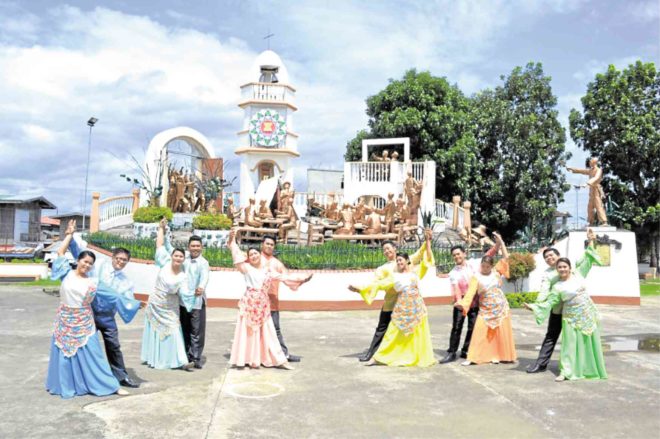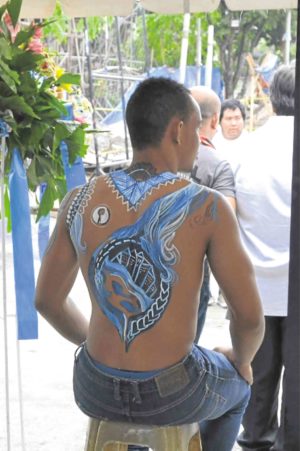

Only four and three years after Supertyphoon Yolanda and Typhoon Ruby (Hagupit) devastated it, Samar island has embarked on cultural regeneration to fire up its Waray heritage consciousness. It has staged “Layag Samar,” a festival aimed at reviving the Samarnon cultural identity rooted in what Jesuit priest Francisco Ignacio Alcina described as the los pintados or tattooed people in his 17th century account, “Historia de las islas e indios de Bisayas.”
For three days, students from the towns of Calbiga, Zumarraga, and Catbalogan City in Samar and in Balangiga, Guiuan, and Borongan City in Eastern Samar performed traditional dances and songs in Catbalogan and Balangiga. The performances were the result of almost a yearlong series of workshops conducted by artists, historians and cultural workers in the Visayas region.
Seeking the “sustainable” development of culture and heritage in the Samar provinces, Layag Samar was organized by the National Commission for Culture and the Arts (NCCA) in partnership with the newly formed Samar Island Heritage Center (SIHC) and the Samar State University (SSU) in Catbalogan and the local governments.
Jukebox musical
In Catbalogan, an art exhibit featuring works by students trained by local visual artists was held together with a showcase of local sites and products of the city, Calbiga, and Zumarraga at SSU.
The los pintados tradition was also given a modern twist through body-art paintings.
For two nights, a cultural extravanganza was held at the province’s covered court amid rains from the Pacific brought by the passing typhoon “Paolo.”

Jukebox musical performances were staged featuring classic Waray songs such as “Waray Waray,” “Ismayling,” and “Balud”; the dance “curacha”; and various numbers depicting the coastal culture of Samar.
Balangiga
In Balangiga’s open-air auditorium in front of its historic church, local composer Crisologo Rimasasa sang his “Kabukiran,” a song about environmental protection while students and a dance troupe from Guiuan strutted their way with curacha, a dance eponymous to the Waray ethnic group.
Balangiga students also performed “Tunog han lingganay,” a song about the gallant 1901 attack of locals on Company C of the United States forces led by local police chief Valeriano Abanador which resulted in the death of three dozen US soldiers. But American retaliatory attacks turned Samar into a “howling wilderness.”
Cultural hubs
Aside from art workshops and training on various cultural traditions of Samar, other activities of Layag Samar included a workshop on an arts-based disaster risk reduction curriculum and a creative industries workshop geared toward the creation of local heritage-based cultural hubs.
Letaba said the festival was significant since it would make Samarnons realize the importance of heritage in communal and national development.
For SIHC head Nabong-Cabardo, Layag Samar and the establishment of the heritage center would make Samar heritage—regardless of political boundaries—known particularly to the people of Samar themselves.–CONTRIBUTED

